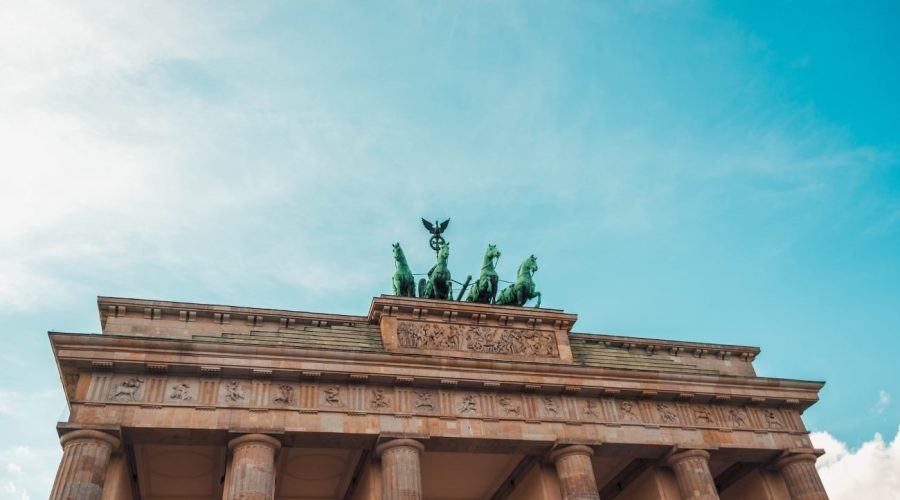How to Ride the Tube in London: A Beginner’s Guide
Introduction
When in London and you want to move from place to another, it’s common to find a black cab to be one of the best means. London Underground also referred to as tube is a large network of rail-based transport system that operates in the London city. The following is the step-by-step beginner’s guide to taking a ride of the London Underground station to learn buying tickets and how to find your way in there.
1. Planning Your Journey
However, if you are about to use this transport, then you have to plan out your trip as follows. Those who live in London and frequently use public transport should visit the official Transport for London online website or download its app — this will help one to find the information about the line closures and current disruptions. Here you can specify the departure point and the actual point that you want to get to and receive such information as the proposed route, as well as potential time for the trip.
1.1 Understanding the Tube Map
At the first sight, it may appear as a complicated map, however, it has been designed to help in finding ones way. It signifies that various lines are painted in different colors and every station is also labeled. It also shows where the stations are in relation to the zones which in term define the fares to be charged.
For instance, if you would like to get to the central London from Heathrow Airport, you might have to use the Piccadilly line. Heathrow Airport is in zone 6 while your destination station could be in zone or 2 depending on your place of destination.
2. Buying Tickets
There is a range of ticket types one can buy with reference to the different rides offered by the tube. Here are few of the most preferred options:
Using the Contactless/ Oyster system: This method is one of the most ideal for all the visitors as it is cheaper. To use the system, the users only have to swipe the card at the yellow card reader at the beginning of the trip and another tap to pay at the end of the journey with the total amount being computed by the system. Always double cross to prevent being charged to cross the same line.
Travelcards: During your stay in a given country, you may refer to a day or a week Travelcard if you intend to use the public means frequently. There is, therefore, free access throughout particular areas.
Single and Return Tickets: These are the tickets which are used for once journey and is available to be purchased at machine ticket issuing centers as well as from ticket counter. However, they are comparatively costlier than the other options.
3. Navigating the Stations
You are therefore welcomed with directions when you enter a tube station. These are the steps to take when using the stations:
On the station: Mainly the circular sign with red circle and on horizontal blue line is the main sign that will guide you to the entrance of station. Some stations may contain more than one entrance, and therefore, select the one that will be most appropriate in case of your travel.
Security check: There are several stations where security check is required before you proceed in with your journey. Specifically, you are expected to follow the following instructions; you should also be ready to have your baggage checked.
See under electronic signs or even round signs above the platform you want to get in the correct platform number of the line you wish to board. Different lines may originate from other platforms, therefore one should be careful with the details that are provided.
Getting on the train: In the right time, you will have to stand behind the yellow line on the platform to board the train. Passengers should not board the train before others have alight and with special regard to safety always grabbing on to any part of the train.
4. During the Journey
The following are some important points that concern the use of the tube:
Priority seats: It refers to the seats that are reserved for those people who require them for instance the elderly, disabled persons etc. If one is sitting in a priority area such as the elderly, and a person of higher priority exchanges the train, the rightful holder should give up the seat willingly.
Look at the gap: It is important not to be deceived by the gap that is present between the platform and the train upon the arrival of the train. One should be careful when alighting and this is compounded by difficulties when one is carrying luggage.
Tube etiquette : loud talking, using high volume of music, and inapprorpriate body contact with fellow travellers should be avoided for the sake of creating perfect harmony.
5. Exiting the Station
When you get to the place that you wanted to go, you will find signs that will lead you to the exit. There are stations that have several exits and therefore it is important that you compare the different exits in order to choose the best one depending on your next destination. Tap the contactless or Oyster card on the yellow card reader as you alight from the station to end your trip. If you had a paper ticket, then this must be placed at the slot of the ticke barries.
6. Useful Tips
There are few additional tips that will help to enrich your tube experiences:
Do not use the tube during peak traffic: It is very effective to try to avoid using the tube during rush hour in the morning and in the evening. As mentioned earlier, train is usually crowded at these particular times.
See service status change: It is good practice to look for any service status change before leaving home. The current traffic status is also available on the TfL website or on the mobile application which enables one to organize his or her travel based on live information received.
Always have a map: Although maps can be obtained at the stations it is always convenient if one has their own map, especially an A5 size one would be convenient should you need to plan your route on the move.
Conclusion
Taking the tube in London might scare a person at initial stage, however, with a few tips here and there, it becomes relatively convenient to travel on this rail. Make sure to comfortably orient yourself with the overall layout of the tube stations by referring to the tube maps, ensure you have the correct ticket type, and follow signs that are usually displayed all over the stations. An appeal to common courtesy was also made to pass through with due respect for other passengers and embrace the professionalism that defines the Underground as a major transportation system in Greater London.
And so you’re ready to embark on discovering the richness of the British capital by using the famous tube!
Table of Contents



